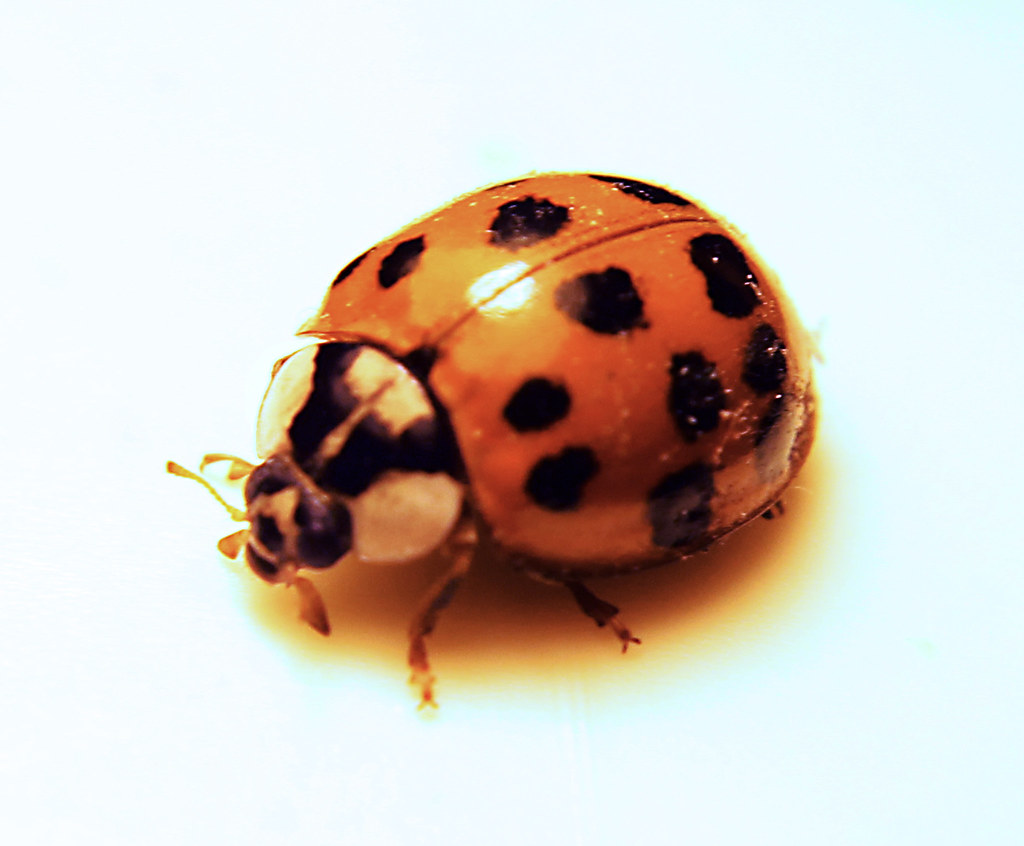Picture this: you’re sipping your morning coffee when a tiny red and black spotted visitor lands on your windowsill. While most people might shoo it away or worry about an infestation, that little ladybug might actually be bringing more good fortune than you realize. These charming beetles have been symbols of luck across cultures for centuries, but there’s real science behind why finding them indoors can sometimes be genuinely beneficial.
The Ancient Wisdom Behind Ladybug Superstitions
Long before scientists understood the ecological benefits of ladybugs, our ancestors recognized their special significance. European farmers noticed that when ladybugs appeared in their fields, crop yields improved dramatically. This observation led to the belief that these spotted insects were divine messengers bringing prosperity and protection.
The name “ladybug” itself comes from “Our Lady’s bird,” referring to the Virgin Mary in Christian tradition. Medieval farmers would pray to Mary for help with pest problems, and when ladybugs appeared to devour the aphids destroying their crops, they viewed it as a miraculous answer to their prayers. This connection between ladybugs and divine intervention solidified their reputation as harbingers of good fortune.
Natural Pest Control That Actually Works

When ladybugs venture indoors, they’re not just wandering aimlessly – they’re following food sources. A single ladybug can consume up to 5,000 aphids in its lifetime, making them incredibly efficient biological pest controllers. If you spot them inside your home, particularly near houseplants, they might be solving a problem you didn’t even know existed.
These voracious predators don’t stop at aphids either. They’ll happily munch on scale insects, mites, and other soft-bodied pests that can damage your indoor plants. Think of them as tiny, spotted housekeepers working for free to keep your green friends healthy and thriving.
The Science of Ladybug Behavior Indoors
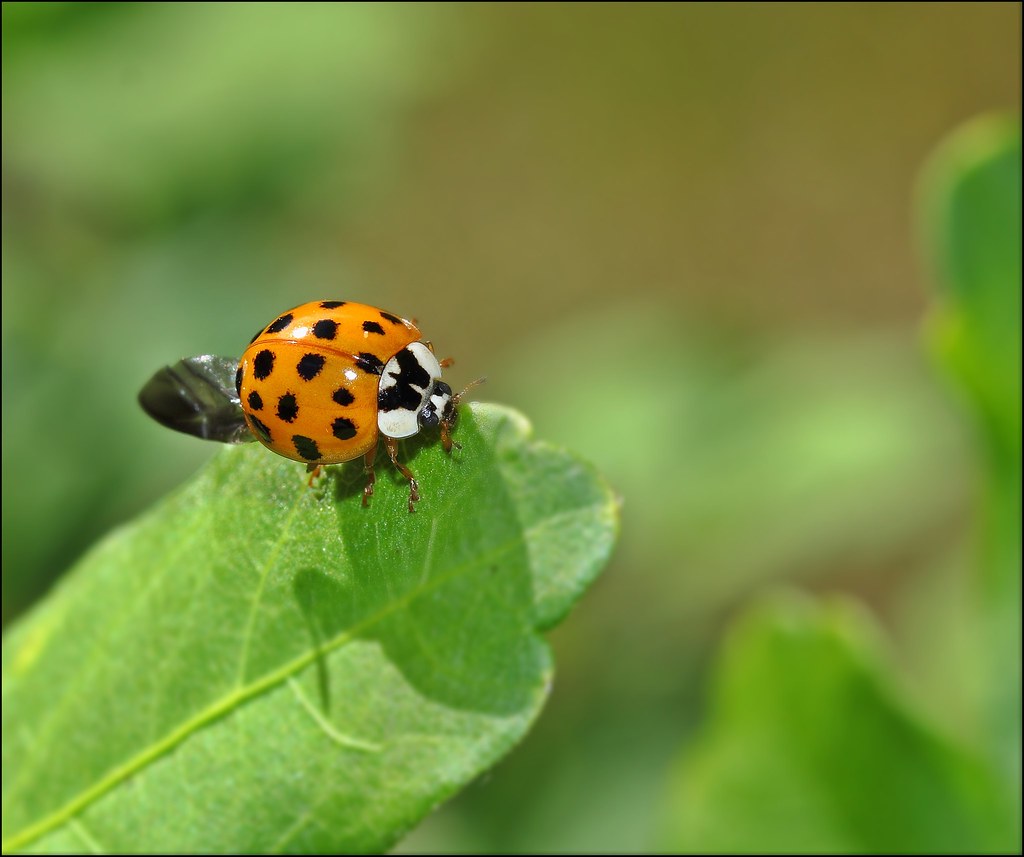
Ladybugs follow specific behavioral patterns when they enter homes, and understanding these can help you appreciate their presence. During autumn, many species seek sheltered spots to overwinter, and your warm house provides an ideal refuge. They’re not trying to establish permanent residence – they’re simply looking for a safe place to wait out the cold months.
Research shows that ladybugs are attracted to light-colored surfaces and tend to congregate in areas with good airflow. They release pheromones that attract other ladybugs, which explains why you might find several clustering together near windows or in corners. This aggregation behavior is actually a survival strategy that increases their chances of successfully overwintering.
Distinguishing Between Beneficial and Problematic Species
Not all ladybugs are created equal when it comes to indoor luck. Native species like the Seven-spotted ladybug (Coccinella septempunctata) are generally beneficial visitors that pose no threat to your home. However, the Asian lady beetle (Harmonia axyridis) can be more problematic, sometimes gathering in large numbers and leaving yellow stains when disturbed.
You can tell the difference by looking at their markings and behavior. Beneficial native ladybugs typically have clear, distinct spots and are less likely to bite or emit foul odors. Asian lady beetles often have a more orange hue and may display an “M” or “W” shaped marking behind their head. Learning to identify these differences helps you appreciate the truly lucky encounters.
The Economic Value of Indoor Ladybug Encounters
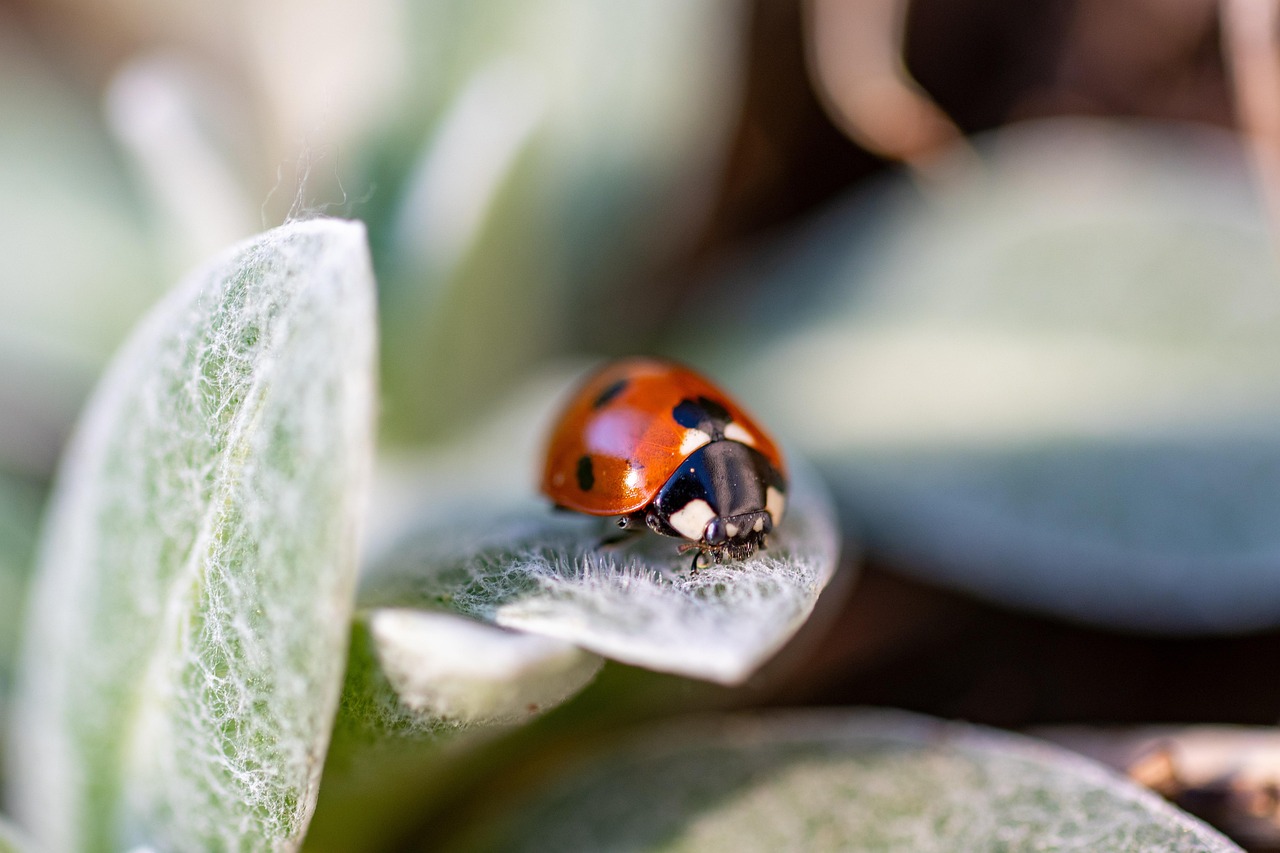
When ladybugs appear in your home, they’re potentially saving you money in ways you might not consider. Indoor plant enthusiasts spend hundreds of dollars annually on pest control products, fertilizers, and replacement plants damaged by insects. A few ladybugs can eliminate the need for chemical interventions while keeping your plants healthier.
Commercial growers pay premium prices for ladybug releases because they’re so effective at controlling pest populations. Finding them naturally in your home is essentially receiving free professional pest management services. The economic impact of biological pest control provided by ladybugs is estimated to be worth billions of dollars annually in agricultural settings alone.
Cultural Interpretations Across the Globe

Different cultures have fascinating interpretations of indoor ladybug encounters. In German folklore, the number of spots on a ladybug’s wings corresponds to the number of months of good luck ahead. French tradition suggests that if a ladybug lands on you indoors, your wishes will come true within the year.
Asian cultures often view ladybugs as symbols of love and romance, believing that an indoor encounter might signal the arrival of a new relationship or the strengthening of an existing one. Some Native American tribes consider ladybugs to be protectors of the home, bringing harmony and warding off negative energy when they appear inside living spaces.
The Hidden Ecosystem Services They Provide
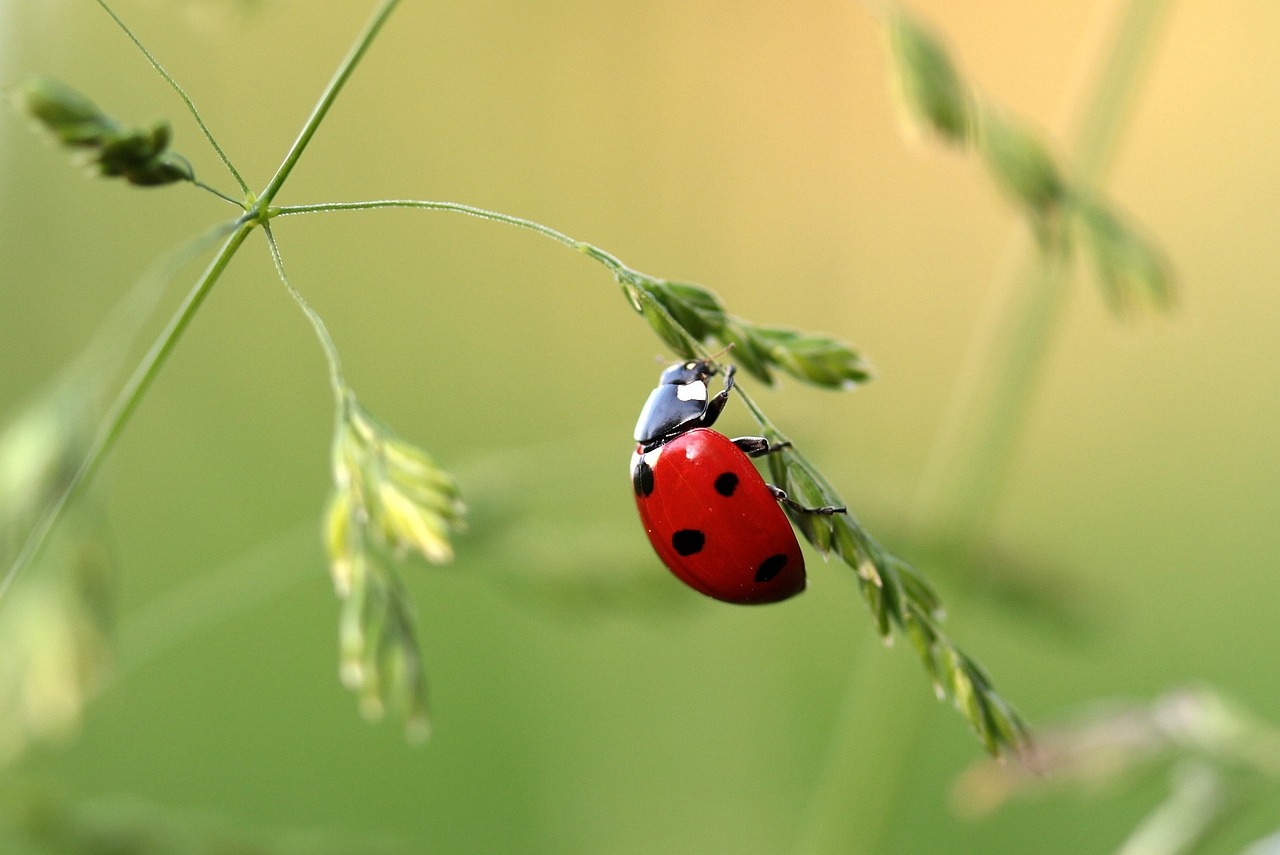
Ladybugs contribute to indoor air quality in surprising ways. By controlling populations of plant-damaging insects, they help maintain healthy houseplants that naturally filter and purify indoor air. Healthy plants produce more oxygen and remove more toxins from the atmosphere, creating a better living environment for you and your family.
They also serve as indicator species for environmental health. When ladybugs appear indoors, it often means your local ecosystem is balanced and thriving. Their presence suggests that your area has sufficient biodiversity and relatively low levels of harmful pesticides, both positive signs for overall environmental quality.
When Indoor Ladybugs Signal Seasonal Changes
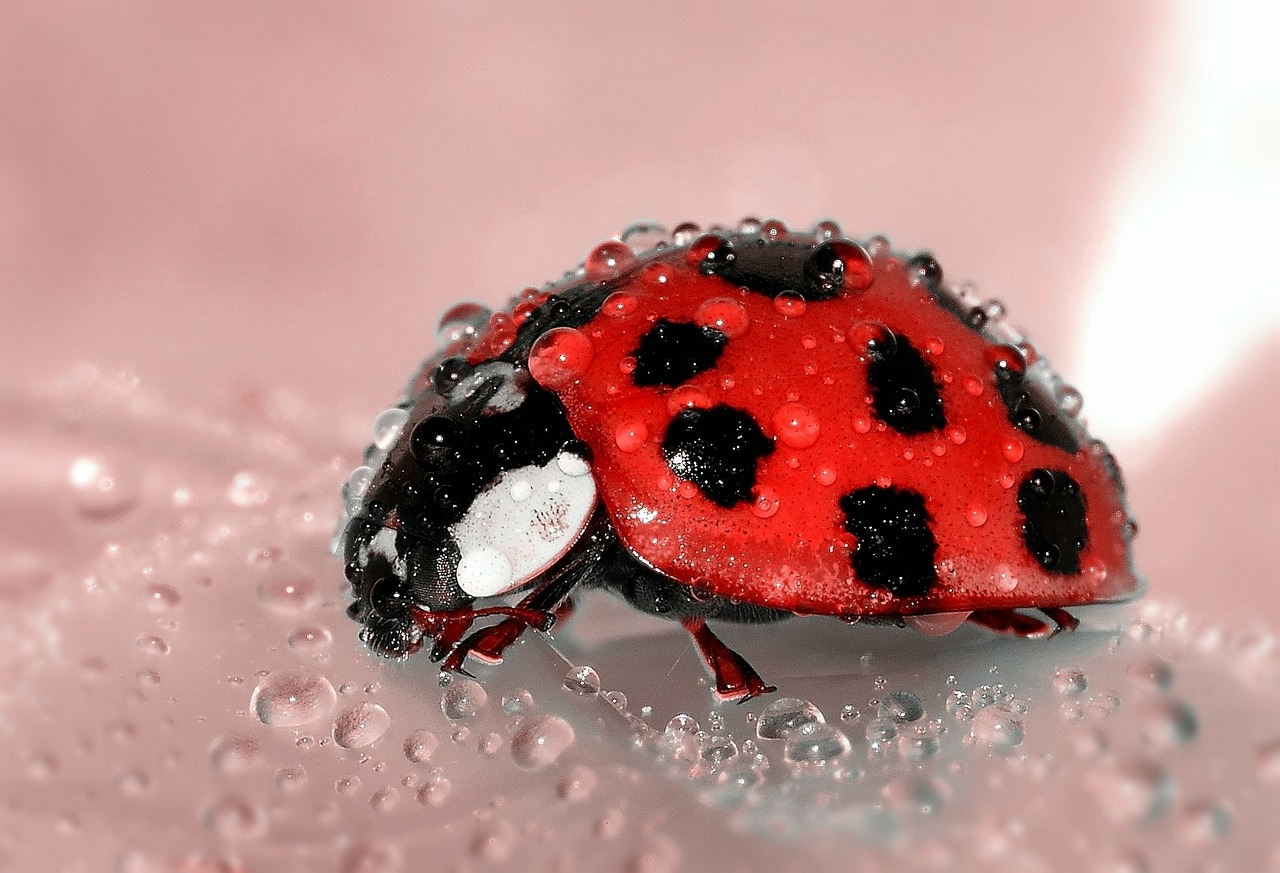
The timing of indoor ladybug appearances can provide valuable insights into seasonal patterns and climate changes. Early spring sightings might indicate an early warm-up, while late autumn appearances could suggest a delayed winter. These patterns help gardeners and nature enthusiasts understand local environmental conditions.
Ladybugs are incredibly sensitive to temperature and humidity changes, making them natural barometers for upcoming weather patterns. Their movement indoors often precedes significant weather shifts, giving you advance notice to prepare your plants and outdoor spaces accordingly.
The Role of Ladybugs in Sustainable Living
Having ladybugs naturally appear indoors aligns perfectly with sustainable living practices. Instead of reaching for chemical pesticides that can harm beneficial insects and contaminate indoor air, you can rely on these natural predators to manage pest problems. This approach reduces your environmental footprint while maintaining a healthy home ecosystem.
Sustainable gardening experts recommend creating ladybug-friendly environments both indoors and outdoors. When ladybugs find your home hospitable, they’re more likely to establish a beneficial presence that supports your gardening efforts year-round. This natural approach to pest management exemplifies the principles of working with nature rather than against it.
Understanding Ladybug Communication and Behavior
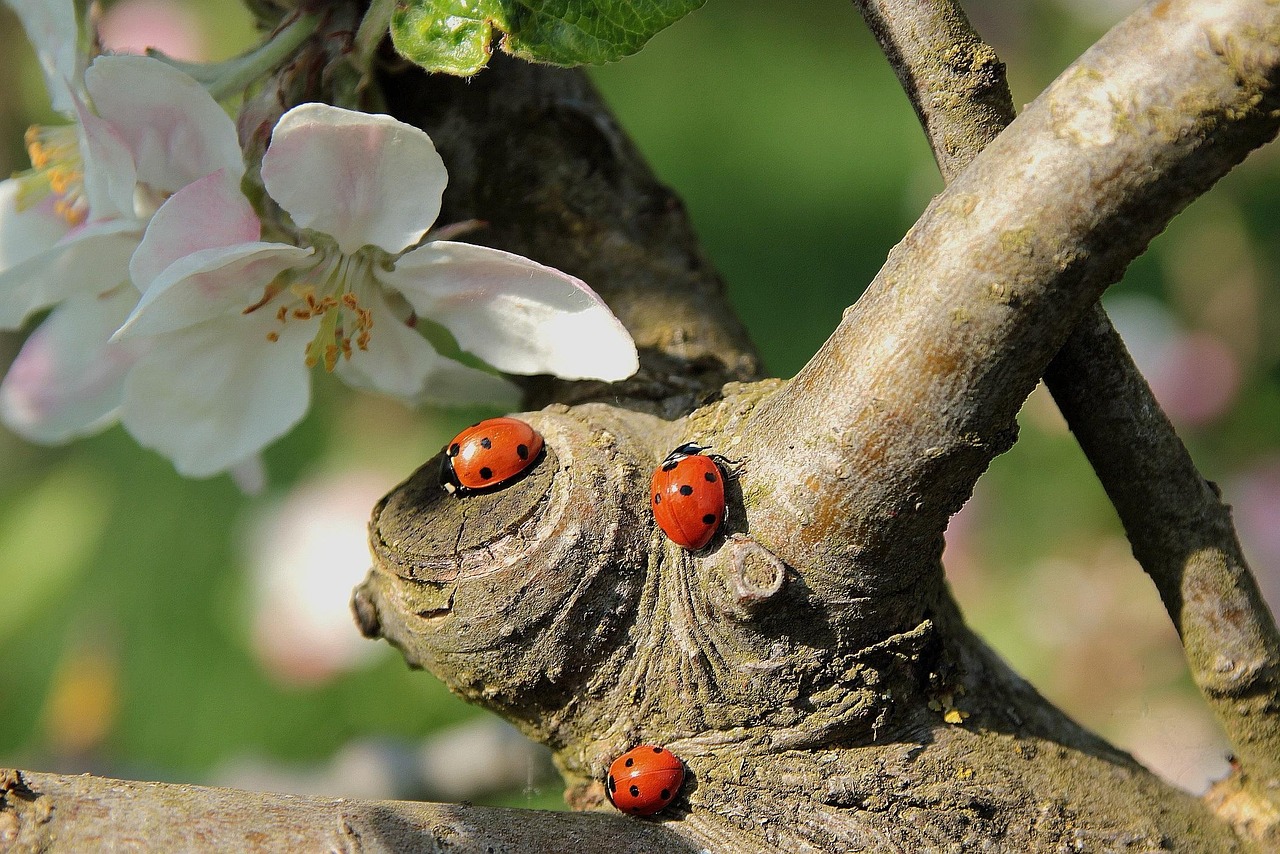
Ladybugs have complex communication systems that become apparent when you observe them indoors. They use chemical signals called pheromones to communicate with each other about food sources, potential mates, and safe overwintering sites. When you find multiple ladybugs in your home, they’re essentially sharing information about the quality of your indoor environment.
Their behavior patterns can also tell you about the health of your houseplants. Active, mobile ladybugs suggest abundant food sources, while lethargic ones might indicate either successful pest control or the need to check your plants for hidden problems. Understanding these behavioral cues helps you become a better plant parent and environmental steward.
The Connection Between Indoor Ladybugs and Garden Health
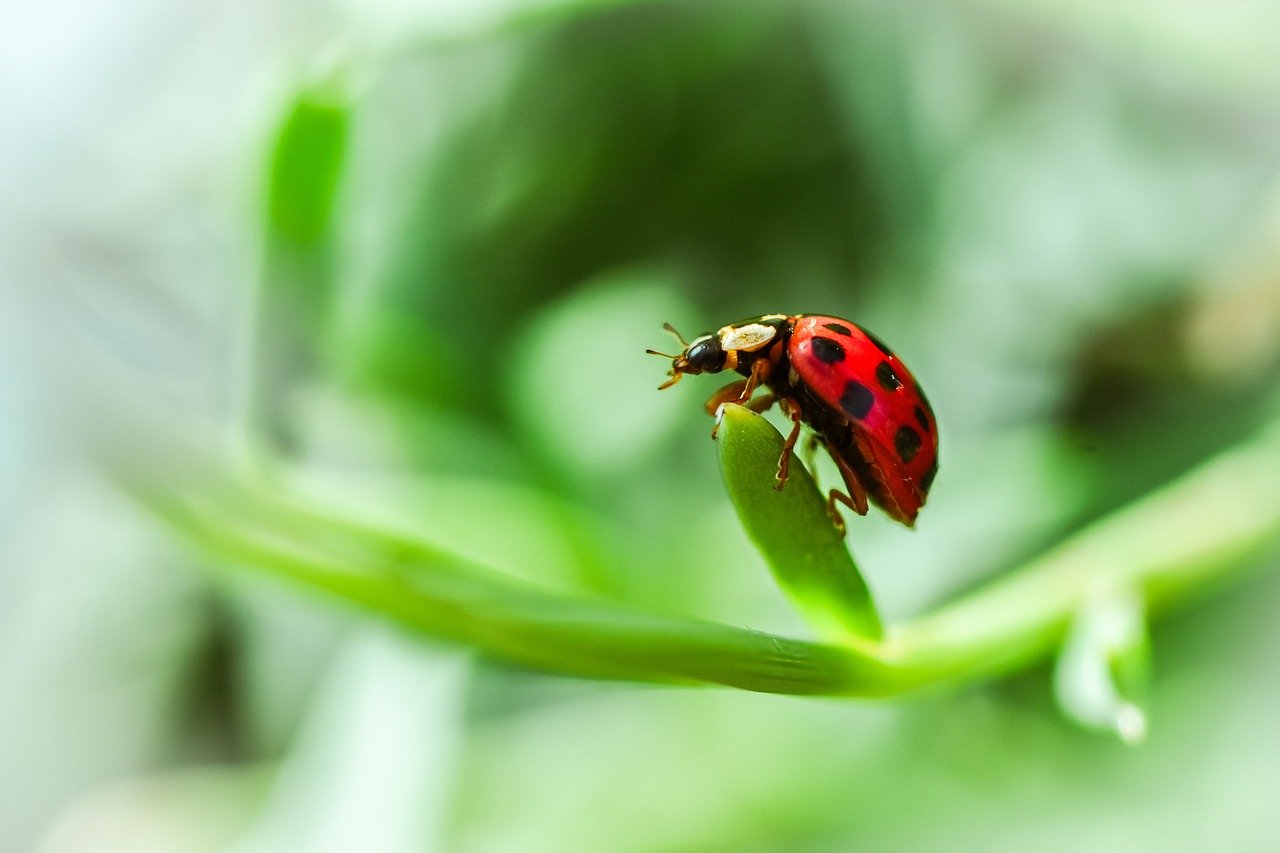
Indoor ladybug encounters often correlate with outdoor garden success. These insects typically move between indoor and outdoor environments, and their presence inside suggests a thriving ecosystem in your yard or surrounding area. This connection makes indoor sightings a positive indicator for your gardening prospects.
Gardeners who regularly find ladybugs indoors often report better pest control in their outdoor spaces as well. The same environmental conditions that attract ladybugs to your home – healthy plants, minimal pesticide use, and diverse habitats – also support robust outdoor populations that benefit your entire garden ecosystem.
Maximizing the Benefits of Indoor Ladybug Visits

To make the most of indoor ladybug encounters, create an environment that supports their beneficial activities. Avoid using chemical air fresheners or pesticides that might harm these helpful insects. Instead, focus on maintaining healthy houseplants and providing small water sources like shallow dishes or plant saucers.
Consider designating certain areas of your home as ladybug-friendly zones, especially near windows with southern exposure where they can bask in sunlight. These spaces can serve as transitional areas where ladybugs can rest and recharge before continuing their pest control activities or returning to outdoor environments.
The Psychological Benefits of Ladybug Encounters
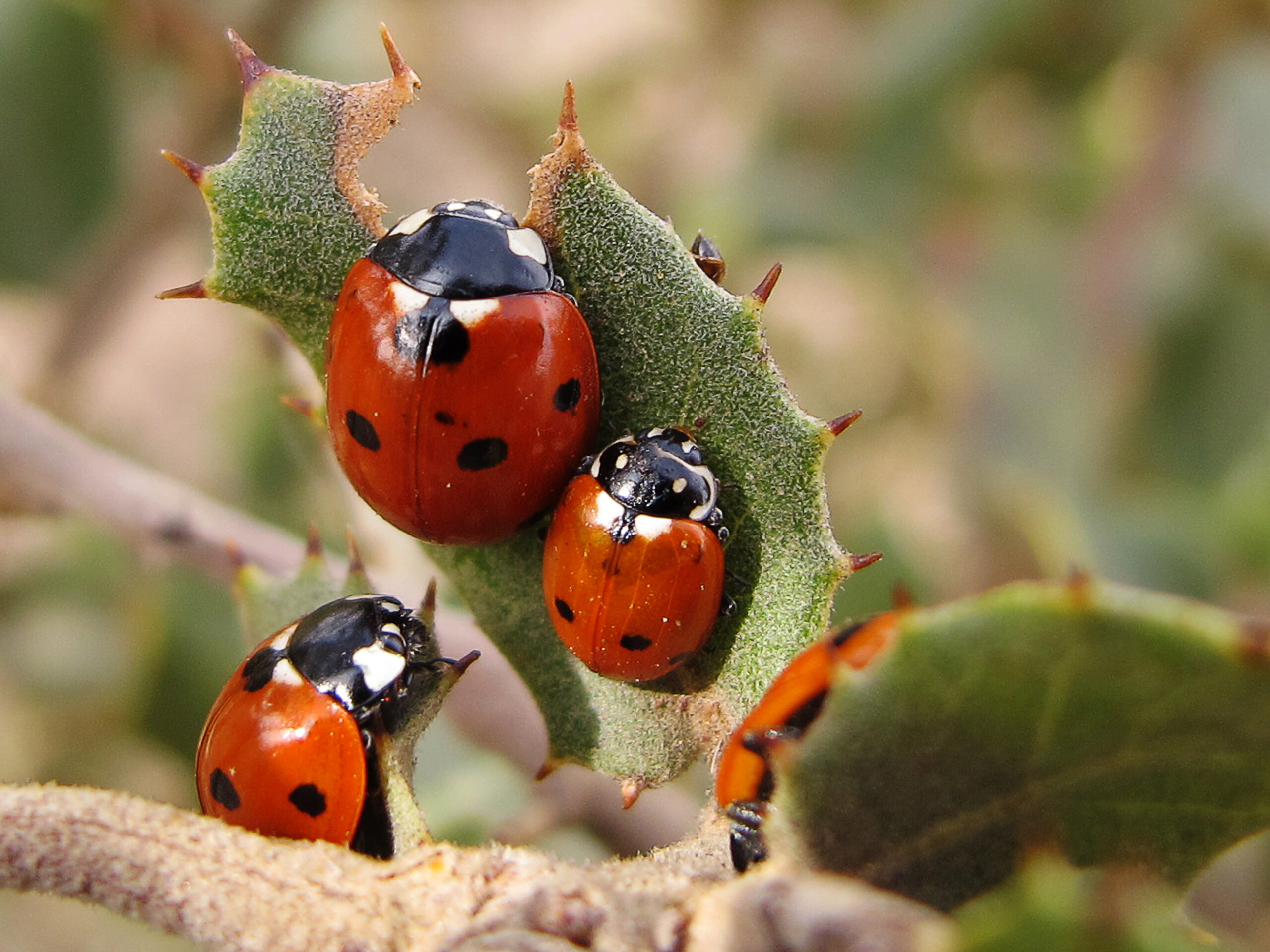
Beyond their practical benefits, indoor ladybug sightings can have significant psychological effects. Many people report feeling more connected to nature and experiencing reduced stress levels when they encounter these gentle insects in their homes. The bright colors and gentle movements of ladybugs can serve as natural mood boosters during long winter months.
Child development experts note that positive interactions with beneficial insects like ladybugs can foster environmental awareness and reduce fear of nature in young people. Teaching children to appreciate indoor ladybug visits helps build a foundation for lifelong environmental stewardship and appreciation for biodiversity.
Creating a Ladybug-Friendly Indoor Environment

If you want to encourage beneficial ladybug visits, focus on creating an environment that naturally attracts them. Maintain a variety of houseplants, especially those that might occasionally harbor small pest populations that ladybugs can control. Herbs like dill, fennel, and cilantro are particularly attractive to these beneficial insects.
Avoid over-cleaning areas where ladybugs might naturally congregate, such as windowsills and corners with good airflow. These spaces provide important resting and warming areas for ladybugs during their indoor stays. A slightly less sterile environment actually supports the natural pest control services that make ladybug encounters genuinely lucky.
The Future of Indoor Beneficial Insect Management

As more people embrace sustainable living practices, the appreciation for beneficial insects like ladybugs continues to grow. Forward-thinking homeowners are beginning to view indoor insect encounters as opportunities rather than problems, leading to more harmonious relationships with nature even in urban environments.
Scientists are developing new approaches to integrated pest management that specifically encourage beneficial insects in indoor environments. These methods recognize that occasional indoor visits from predatory insects like ladybugs can be part of a healthy, balanced ecosystem that extends from gardens into our living spaces.
The next time you spot a ladybug wandering across your coffee table or resting on your windowsill, take a moment to appreciate the complex web of benefits they represent. These tiny spotted visitors embody centuries of cultural wisdom backed by modern scientific understanding. They’re natural pest controllers, environmental indicators, and symbols of the interconnected world we share with countless other species. Whether you believe in their legendary luck-bringing properties or simply appreciate their ecological services, indoor ladybug encounters offer a unique opportunity to witness nature’s efficiency in action. Have you ever stopped to consider how many tiny miracles might be happening right inside your own home?

